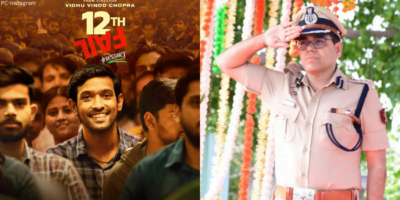“They may kill me, but they cannot kill my ideas. They can crush my body, but they will not be able to crush my spirit.” – Bhagat Singh
Bhagat Singh, the great revolutionary freedom fighter of the Indian Independence movement, is the prime hero who led India’s struggle for freedom against the British Raj.
He was just 23 when he was executed. His persistent pursuit of freedom and resilient bravery made him a hero for generations to come. The British Administrator dreaded the trio – Bhagat Singh, Rajguru, and Sukhdev for their indomitable spirit.
Bhagat Singh is the face that inspired thousand to fight against the British Raj’s injustice and hatred. His feeling of patriotism was not restricted to only against the British rule but also towards the division of India on communal lines.
Shaheed Bhagat Singh is the great socialist revolutionary freedom fighter whose legacy lives on every Indian who breathes freely on their motherland.
British rule oppressed India for 200 years. They ripped the Indian subcontinent and filled their pockets. British imperialism robbed the richest colony and drained all its wealth and resources to satisfy its fortunes.
The rage and rebel movements led to the start of India’s struggle against British rule. Bhagat Singh is one prime hero who fought for the freedom of India.
Bhagat Singh
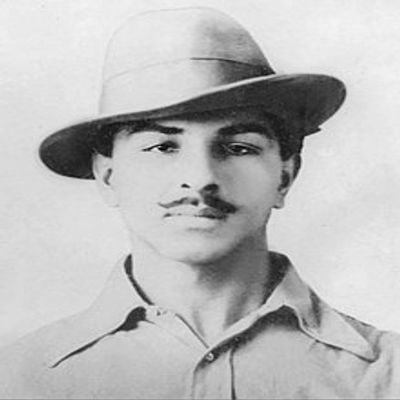
Bhagat Singh Sandhu was born on September 27, 1907, in the village of Banga near Lyallpur district in Faisalabad, Punjab, British India (present Pakistan), to a Sikh family and was hanged on March 23, 1931, in Lahore Central Jail (Pakistan).
He was born to Vidyavati and her husband, Kishan Singh Sandhu. He was the second of seven children – four sons and three daughters.
He was sent to a village school in Banga. Later, he was enrolled in a Dayanand Anglo Vedic High School and went to National College, both in Lahore, Pakistan. He was a writer and editor at a publication house in Amritsar, Punjab.
As a teen, he won an essay competition organized by Punjab Hind Sahitya Sammelan in 1923.
When Bhagat Singh’s parents wanted him to marry and settle down, he ran away to Kanpur and joined HSRA.
At a very young age, he started protesting the British rule in India. He also joined the Hindustan Republican Association (HRA) and became involved in revolutionary activities. He was largely responsible for changing its name to the Hindustan Socialist Republican Association in 1928.
It was after his demise that he became immensely popular. The youth of India chanted in respect for his vigorous beliefs against British rule. Bhagat Singh is credited with popularizing the catchphrase “Inquilab zindabad” (“Long live the revolution”).
Revolutionary Activities – Bhagat Singh
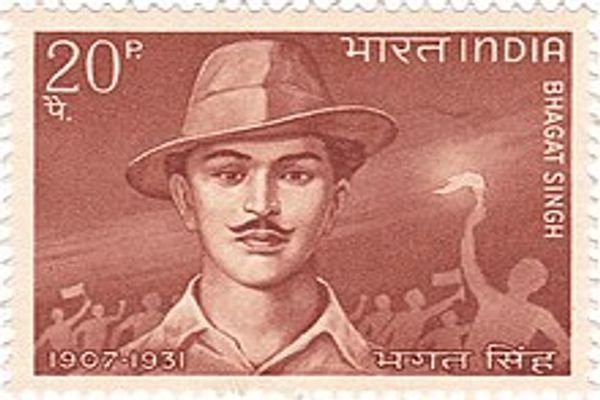
Bhagat Singh participated in several movements to sabotage the British Institutions and opposed their self-indulgent movements.
In 1928, the British government set up a Simon Commission to report the political situation in India. Some of the Indian political parties boycotted this commission as there were no Indians in the membership. The same year, Lala Lajpat Rai introduced the legislative assembly resolution for the boycott of the British Simon Commission. He led a march in protest against it.
The superintendent of police, James A. Scott, ordered the police to disperse the crowd in which Lala Lajpat Rai was injured, which led to his death.
Bhagat Singh and his associates plotted a plan to kill the police chief responsible for the death of Lala Lajpat Rai. But, in a case of mistaken identity, junior officer J.P. Saunders was killed.
After killing Saunders, they escaped, but the head constable, Channan Singh was chasing them, he was shot by Chandrashekhar Azad.
Bhagat Singh had to flee Lahore to escape the death penalty.
Another of his ferocious revolutionary activity was in 1929 when Bhagat Singh and Batukeshwar Dutt threw smoke bombs in the Central Legislative Assembly, Delhi. The aim was not to cause harm but protest against the implementation of the Defense of India Act. They surrendered themselves.
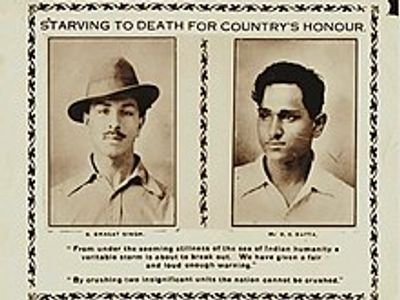
When he was in Mianwali Jail, Bhagat Singh with his inmates went on a definitive hunger strike for 112 days, one of the world’s longest hunger strike at that time to protest against the prejudice indifference shown among the prisoners. They demanded that they recognize them as ‘political prisoners.’
It was in 1931. Shaheed Bhagat Singh got the death penalty for the murder of Officer J.P. Saunders in Lahore.
His death aroused protests across the nation, and the will to India’s freedom took a drastic turn.
Bhagat Singh – A Revolutionary hero
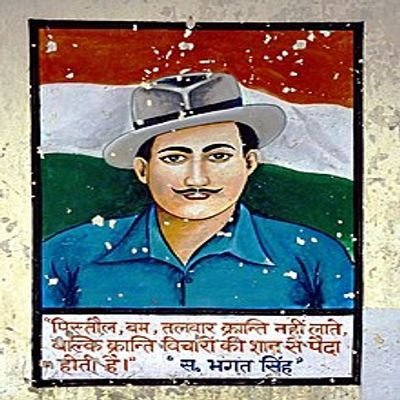
Born under the British Raj, Bhagat Singh was subjected to the harsh reality of his people. At a young age, he was passionate about fighting for his country.
He was only 12 years old when the Jallianwala Bagh massacre took place. Young as he was, he collected a bottle of blood filled with dirt and worshipped it every day to honor the lives of the dead.
He wanted to grow guns in the fields to use them against the British Raj and drive them away from India.
He was 21 years old when his parents wanted him to get married and settle down, but he ran away to Kanpur and left a note for them where he quoted, ‘if I will marry in colonial India, where British Raj is there, then my bride will be my death. Therefore, there is no rest or worldly desire that can lure me now.’
Bhagat Singh, Rajguru, and Sukhdev were sentenced to death in the Lahore conspiracy case on March 24, 1931. The schedule of the hanging was moved forward by 1 hour on March 24, 1931, at 7:30 am in Lahore Central Jail.
Bhagat Singh voluntarily chose his death, and the day of his death is recognized as Martyr’s day.
The revolutionary hero gained mass nation supporters and actively participated in many revolutionary movements. He was a prime freedom fighter in the struggle for India’s independence.
He is also known as Shaheed-e-Azam. He has inspired many Indians to fight for a justice system and fight for its motherland.
Even till today, the legacy and ideals left behind Bhagat Singh relive. His charismatic revolutionary movements and utter grit for freedom struggle will continue to inspire generations.
If you loved this story. you can read From Struggling In Mumbai To Get A Playback To Becoming The ‘Nightingale Of India’ Lata Mangeshkar’s Journey Is Truly Inspiring
If you know more inspirational stories about a person, company, new idea, or social initiative, and want us to write it on mad4india.com, share such information with us on Facebook or LinkedIn.

